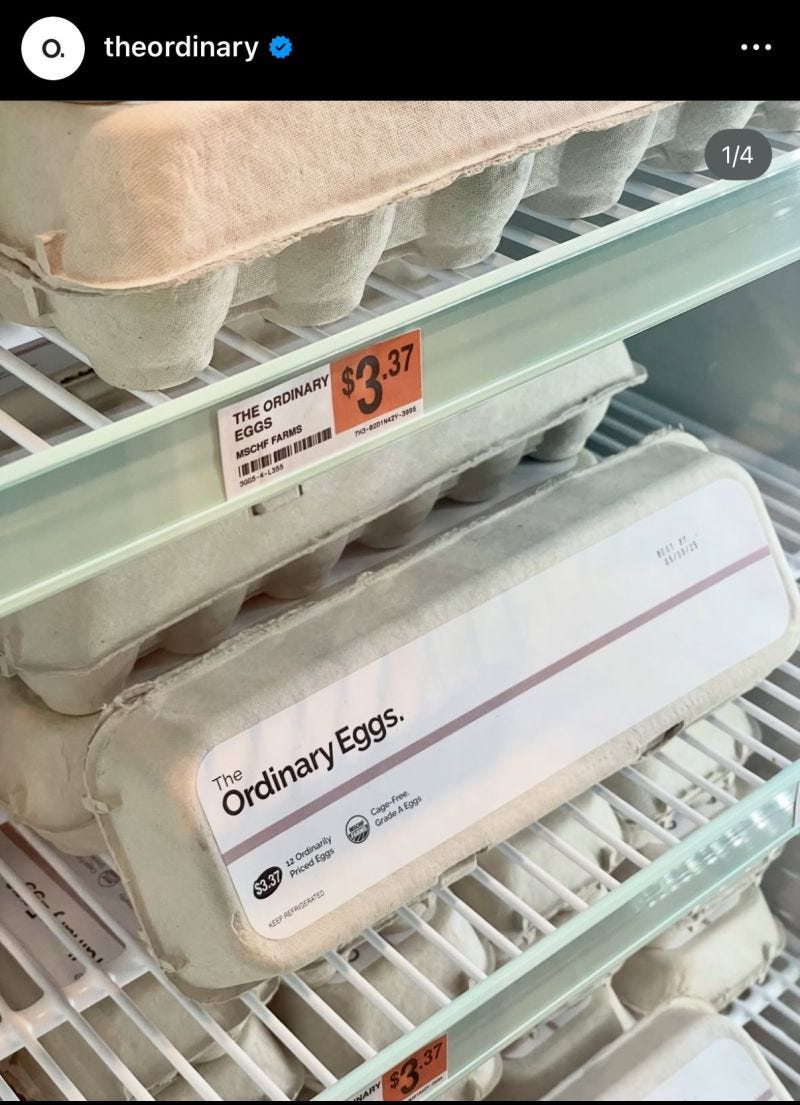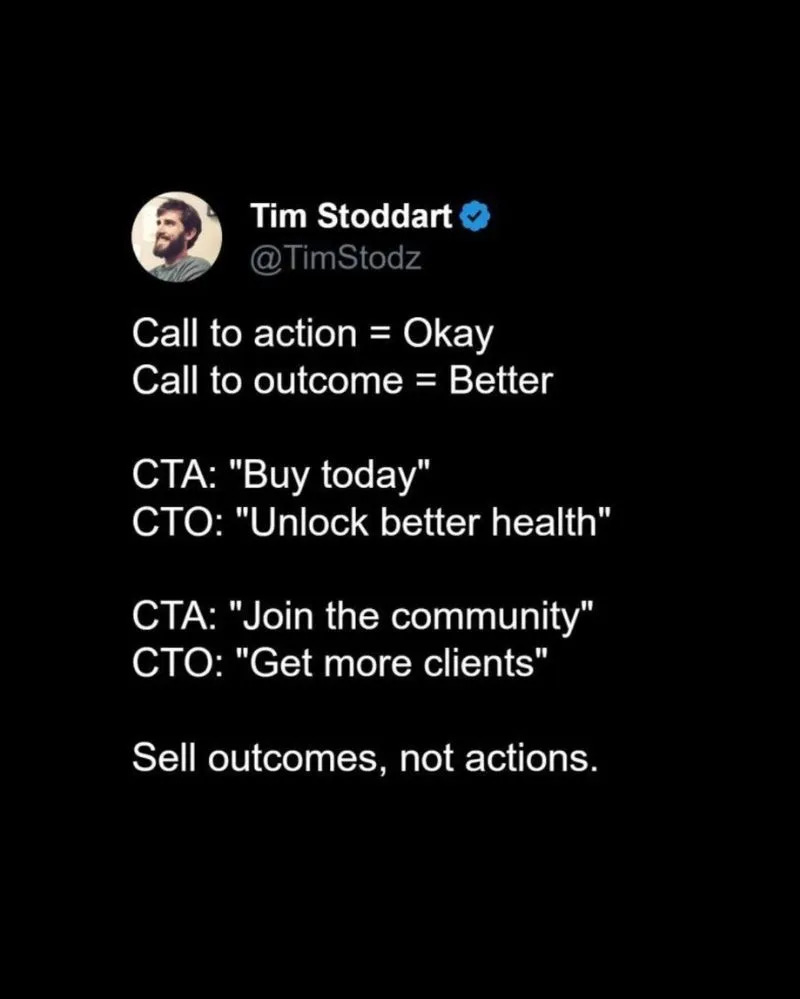Last week has been packed with marketing moves that feel too good not to dive into. Let’s break it down, from Brad Pitt redefining sports sponsorships to eggs (yes, eggs) becoming a branding moment.
#1 The Brad Pitt F1 Film is Reinventing Sports Marketing
When was the last time a movie felt like a marketing blueprint? The upcoming F1 film starring Brad Pitt has a $300 million budget, real F1 tracks, and brands scrambling to sponsor a fictional team.
Zoom in on Pitt’s racing suit 🔎, and you’ll spot IWC Schaffhausen and Tommy Hilfiger, real companies backing an imaginary team as if it were on the grid.
The commitment to authenticity goes deep:
Brad Pitt trained for 4 to 5 months in an actual F2 car to look like a credible driver.
Lewis Hamilton is co-producing to ensure the culture and nuance of F1 are portrayed accurately.
The fictional team APXGP races alongside real teams during actual Grand Prix weekends.
Drive to Survive brought F1 a global marketing boost, but this film? It’s creating an entirely new playbook. It blurs entertainment, sports, and brand sponsorships in a way we haven’t seen before.
I’m curious. Could this approach stretch beyond motorsports? Imagine World Cup films featuring real-time sponsors or NBA stories told through authentic team partnerships. This film might be the first of many to pull audiences and advertisers deeper into the action.
#2 The Ordinary's Not So Ordinary Eggs
Buying eggs in NYC at a decent price over the past few weeks has been almost impossible owing to the bird-flu outbreak. Prices have surged after millions of chickens were infected. Since then, New Yorkers have been getting very creative about buying eggs.
Due to the circumstances, the beauty brand The Ordinary stepped outside the skincare aisle this week with a stunt that has people talking and scrambling.
They sold branded cartons of a dozen eggs for the ordinary price of $3.37 in select NYC stores.
Why does this work?
It’s a clever play on their name and positioning as a no-nonsense, affordable alternative.
It reinforces their budget-friendly brand promise in a way that makes people do a double-take.
It’s a brilliant traffic driver — people didn’t just grab eggs, they grabbed attention.
It launches them into a broader cultural moment without losing their quirky, minimalist identity.
Not everyone loved it. Some customers called out the disconnect for a vegan-friendly brand. But the backlash also fueled engagement, with defenders jumping in. Love it or hate it, the stunt delivered more than just eggs — it delivered buzz.
#3 Forget Buy Now, Here Are Better CTAs to use
Earlier this week, I came across a post from Tim Stoddart that really stuck with me. He broke down why shifting from a CTA (call to action) to a CTO (call to outcome) is a smarter, more effective approach. It was a great reminder of where my focus should be as a marketer because sometimes, the smallest shift in messaging can make the biggest difference in how customers respond.
The thing is, most CTAs tell people what to do. But the best ones? They sell outcomes.
It’s easy to default to standard calls to action:
👉 Join our community. 👉 Sign up today. 👉 Buy now.
But those are company-centric. They’re about what your business wants, not what your audience gets.
Instead, think of your CTA as a call to outcome (CTO):
❌ Join our community ✅ Become part of a network that gets exclusive marketing insights.
❌ Buy now ✅ Save hours of work with our all-in-one tool.
A quick content check. If your post starts with “We” (We’re excited to announce…), chances are it’s more about your business than your audience. Flip it to focus on the result or transformation your audience actually wants.
If you caught any other campaigns worth sharing, hit reply. I’d love to hear what’s catching your eye.
See you next Thursday 👋
Oumaima xx







